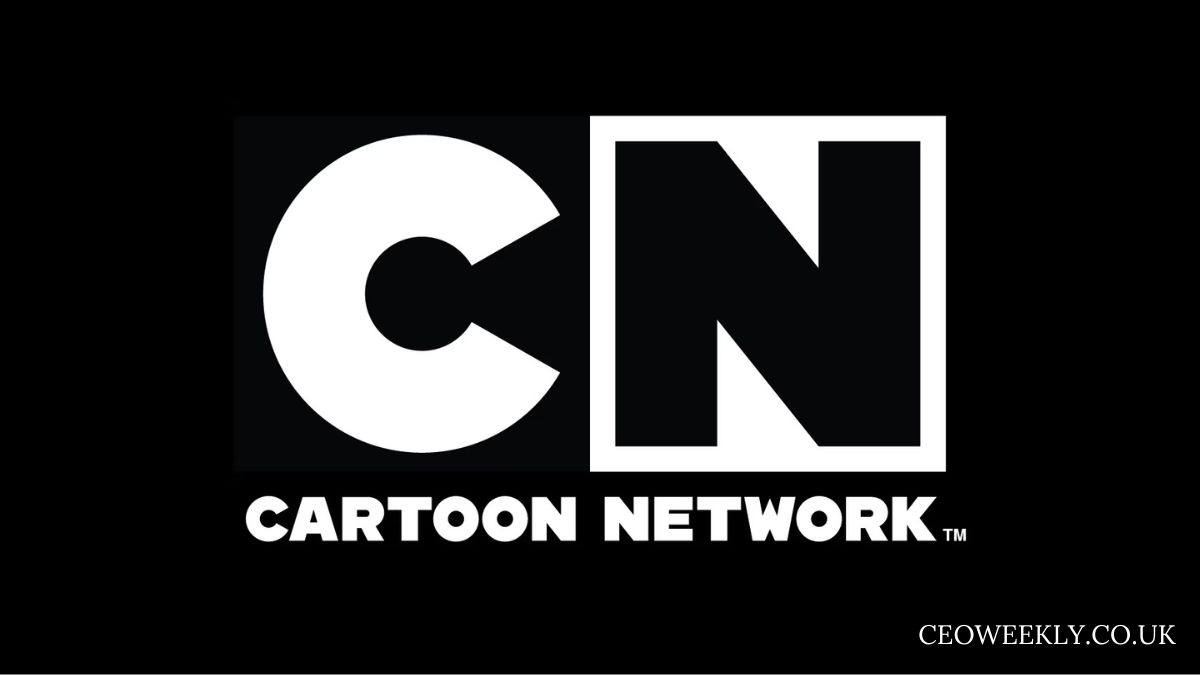Cartoon Network Schedule: Evolution and Significance
For over two decades now Cartoon Network has been a household name in children’s entertainment after it was started in the early 1990s. Throughout the years, it has offered various programs, with action packed series and odourless comedy for its viewers at any age possible. In elaborating this strategy, the cartoon network airing schedule is arguably the most important component of the strategy because the program selection is designed to address channel viewership.
The Cartoon Network schedule has never just been a strict layout of what shows should be aired at what time. It is a carefully constructed schedule that the management has put in place in order to ensure that regular fans get their beloved shows, new episodes and shows aired based on their theme. Consequently, the network sustains the position of a leading animator in entertainment.This work shows how the animation industry creates entertainment for a network.
A Short Timeline of Cartoon Network Schedule
When first launched in 1992, Cartoon Network was characterized by a majority of old Hanna-Barbera programs such as The Flintstones and Scooby-Doo. The Cartoon Network schedule of that era was simple, they repeated the above-mentioned series over and over again.
But the network experimented with its programming, and in the mid-1990 s began airing original material such as Dexter’s Laboratory, Johnny Bravo, and The Powerpuff Girls. They arrived at Cartoon Network schedule immediately garnering a dedicated audience and propelling the channel to new heights.
Further in the 2000’s the network broadened again with such programs as Teen Titans, Ed, Edd n Eddy, Adventure Time etc. These series not only brought in young and young adults audiences but also had elderly fans for them, proving the flexibility of the Cartoon Network schedule.
How the Cartoon Network Schedule Works
The Cartoon Network schedule is designed to sub-categorize its viewers according to the time of the day.
1. Morning Block
Preschool and younger children may be rubbed on the morning segment of the Cartoon Network schedule. Standard preschool cartoons or shows for kids are typical during this period, hence shows like We Baby Bears that are meant to come on air during early morning before school or during the mornings.
2. Afternoon Block
Evenings and afternoons are most likely to air repetitions with famous cartoons and animated films. This chunk of the Cartoon Network schedule is for kids coming back from school and looking for some fun and entertainment.
3. Prime Time
Cartoon Network schedule: Getting prime time right is critical since this is the time when CN showcases some of its top programs and new episodes in those programs. This slot is good for families and adults who used to watch cartoons and enjoy animated shows.
4. Late Night Block
To the older audience Cartoon Network has a late night show that extends into a show specifically for grownups known as the Adult Swim. This section in the Cartoon Network programming line-up comprises other cartoons such as *Rick and Morty and Robot Chicken.
Cartoon Network Schedule’s Contribution to Viewer Interaction
The Cartoon Network schedule also has a vital purpose of hooking the viewers by building up the anticipation factor. Broadcasting and cable programs such as seminars, special celebrations, festive special and novelty weeks, and holiday marathons are part of its operational plan.
For example, the network can have a series of Halloween specials or Christmas Specials. Such segments within the Cartoon Network schedule not only increase the audience ratings but also improve the reception of the programs.
Additionally, there is a plan on when new episodes of the drama are to be premiered to make certain that those who will always be in front of their TV sets at those times only watch episodes of the drama. Thus by synchronizing these premieres with the most popular hours the Cartoon Network schedule is at its most effective.
Cartoons Schedule: Changing the Cartoon Network for the New Digital Environment
Currently, there are shifts of on-demand streaming services, and as a result, the schedule for Cartoon Network has changed. It now adjusts its broadcasting schedule to the internet feed so that viewers can watch episodes at their own time.
For instance, the Cartoon Network app and the website have new updates, a schedule, ways to watch cartoons and more. These digital extensions of the Cartoon Network schedule establish that consumers can follow their programs, no matter their preference of approach.
Favorite Cartoons and Their Position of the Cartoon NetworkTimetable
Many of the defining series are regarded as defining parts of the Cartoon Network schedule.
- Classic Hits: Favourites such as Tom and Jerry, Looney Tunes and the like are still being prominently used, adding that comforting, familiar feel for those of you that grew up in front of a TV.
- Modern Favorites: Current Cartoon Network programming includes the likes of Steven Universe, Teen Titans Go!, and Craig of the Creek and airs in the prime time.
- Action-Packed Series: That is why, for the fans of action and adventures there are such programs like Ben 10 as well as Justice League Unlimited.
Each of these series is aired at a prime time within the Cartoon Network broadcast schedule matrix to provide appeal for various age groups.
Cartoon Network Schedule Today and Tomorrow
With the rapid change in the nature of television broadcasting, the Cartoon Network schedule is ready to change as well. Thus, the activity in connection with the audience may affect the organization of programs and telecasts in the future for the Network.
One of the trends may involve combining a live audience poll with the Cartoon Network timetable where spectators can vote for the programs they like most or select the topic for a special broadcast. This may lead to viewership individualization and making the whole process much more entertaining.
Also, the values regarding ethnic and gender sensitivity will continue to form more of the multiple themes to be displayed on the Cartoon Network schedule. Thus, the network should diversify, represent a wider circle of people, and so it will be able to interest its constantly expanding audience.
Conclusion
The Cartoon Network schedule is far more than a working timetable; it’s a design that lays out the program’s identity and its contribution to Cartoon Network. Starting from the time when it only aired reruns of old shows to the present when it has become a powerhouse of animated programming, the schedule has been instrumental in the company’s building of the audience’s habits.
In summary, the peculiarities of the viewer base and the capacity to actively implement the changes in the network technologies require the Cartoon Network schedule as a primary asset for serving the consumers with high-quality content. So, whether it is your first time watching or you’re a loyal fan, there is always something looking forward to as a fan; hours of animated fun are ahead of one.







